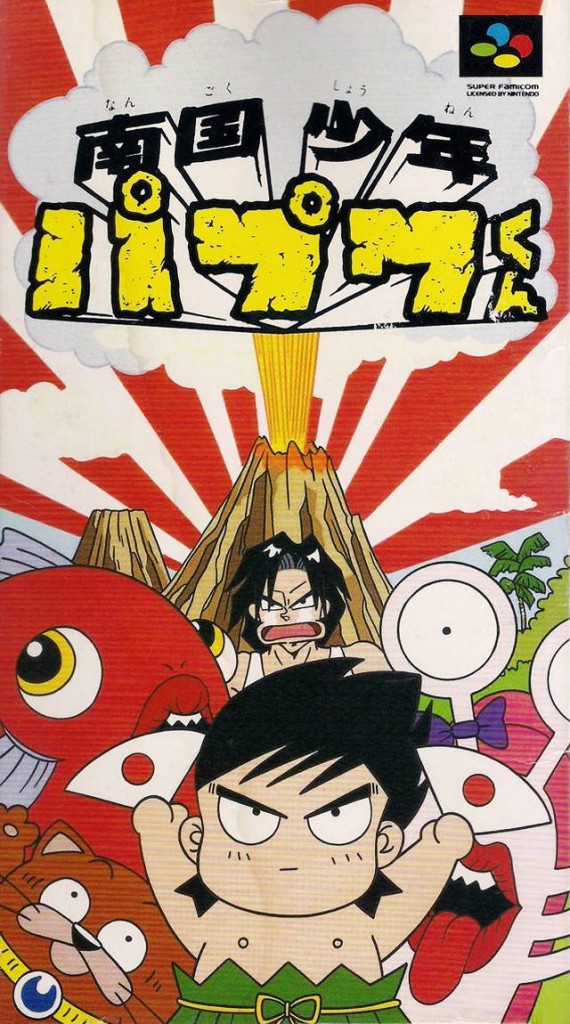
If there was ever a platformer destined to stay in Japan from the moment it was made, this would win by a country mile (or a Godzilla foot). It combines an anime feel (based off the anime after all), Japanese wackiness and standard platforming 101 techniques. There are 8 worlds to conquer, with multiple levels for each one.
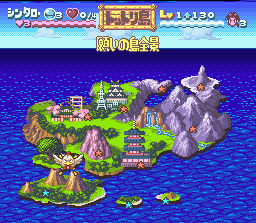
Nangoku has a level-up system. Anytime you kill an enemy a number pops in its place, indicating how many experience points you just gained. After a set amount is achieved, you level up. This is pretty cool as you don’t see this done much in platformers. A password system is also incorporated to make your life easier.
Sweep kick, punch and jump kick your way to victory.
WORLD 1
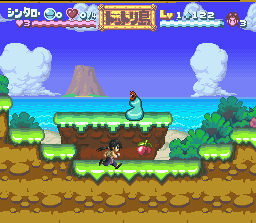
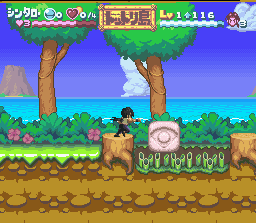
Punch that block to form a makeshift bridge to safely guide you across deadly bamboo spikes.
![Uh, OK. Um... [brella -Ed.]](http://rvgfanatic.com/wordpress/wp-content/uploads/2016/09/PapuBrella.png)
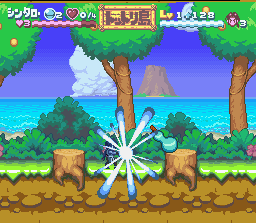
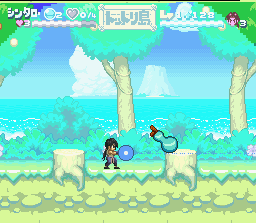
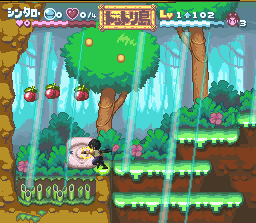
WORLD 2
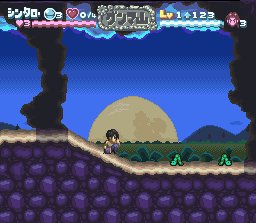
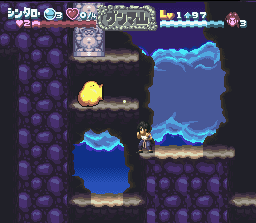
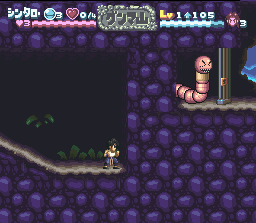

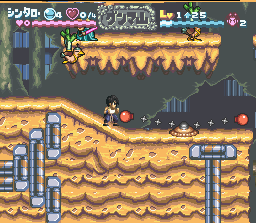
WORLD 3
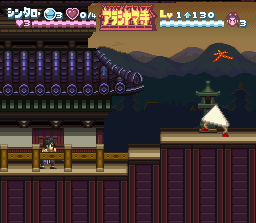
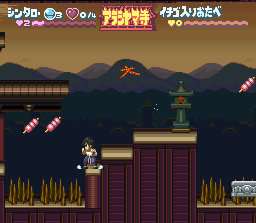
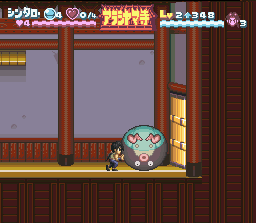
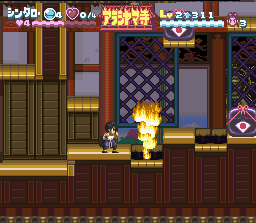

WORLD 4

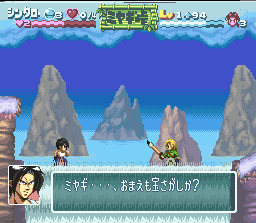
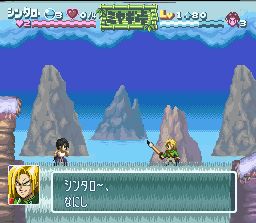
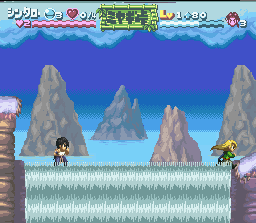
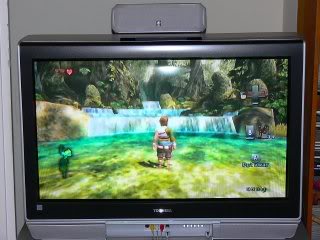

WORLD 5
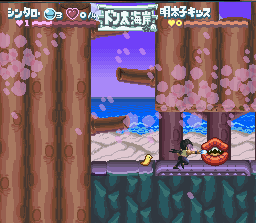
WORLD 6
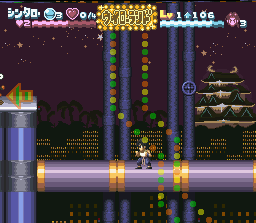
WORLD 7
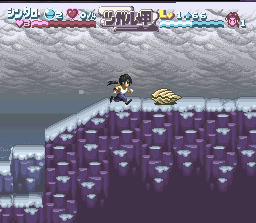
CLOSING THOUGHTS

Daft developed three Super Nintendo games: Super Back to the Future II, Violinist of Hamelin and Nangoku Shounen Papuwa-kun. All three are solid to very good games. Daft was an underrated company. Enix snatched up Violinist of Hamelin and this game to publish. Over the years, Enix has been erroneously credited as making those two games. Of which I was guilty of. Let it be known, for the record, Enix only published them. It was Daft that made the magic happen. Of their three SNES games, I enjoy Nangoku the most. It’s pretty much a standard platformer, but there’s a quirky Japanese charm to it, and I love the RPG-esque leveling up system. It adds a different flavor to the game and makes it feel different from every other 16-bit platformer.
Looking for a fun platformer that stands out a bit from the crowd? Then take Nangoku Shounen Papuwa-kun for a spin. It’ll likely put a smile on your face as everyone I’ve talked with who has played this has enjoyed it quite a bit.